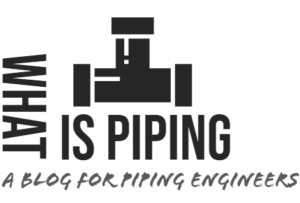Hooke’s Law: Statement, Equation, Graph, Applications, Limitations
What is Hooke's Law? Hooke's law is a principle of engineering mechanics and physics related to the properties of a material. There are basically two statements for Hooke's law; discovered by the...
